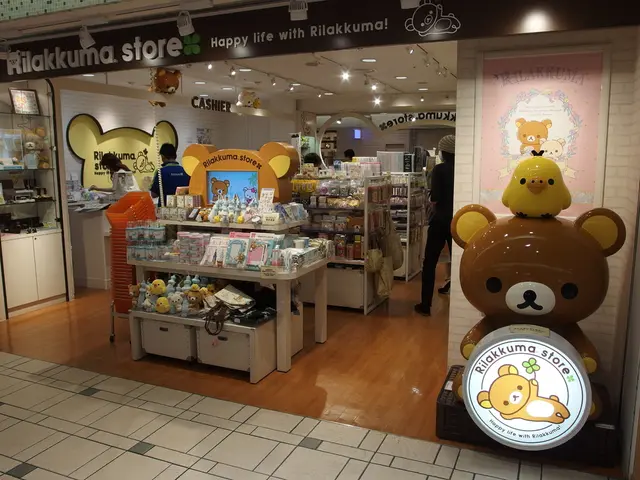Sustainable Fish Farming Through Advanced Water Recycling: Recirculating Aquaculture Systems (RAS) Explained
Fresh Take:
Hi there! Let's dive into the world of Recirculating Aquaculture Systems (RAS), the innovative, land-based fish farming solution that's causing a splash! As our hunger for seafood grows, RAS presents an eco-friendly, resource-efficient way of meeting the demand without trashing the environment.
Get to Know RAS
RAS operates a closed-loop system to cultivate fish in controlled environments. It filters, cleans, and reuses water, encouraging super-concentrated fish farming with a minimal water footprint. Whether indoors or outdoors, RAS allows farming fish practically anywhere – urban areas included!
RAS: The All-Star Aquaculture Athlete
- Water-saving Sensations: RAS requires only a fraction of the water used in traditional methods. With an impressive water reuse rate of up to 90%, RAS is like the ultimate survivalist of fish farming!
- Land-efficiency Legend: RAS demands way less space than conventional fish farms. This means producing seafood in small spaces, even in crowded cities and industrial zones!
- Eco-control Maestro: RAS gives us total command over water quality, temperature, and other environmental factors, ensuring the best possible conditions for our fishy friends to thrive!
- Secure Seafood Sanctuary: The closed nature of RAS means a decreased risk of disease outbreaks and fish escapes, issues that plague open-water systems.
- Waste the Waste Not: By regulating waste, RAS reduces environmental pollution and could even generate valuable by-products, like fertilizer!
- Location Independence: Set up RAS almost anywhere, slashing transportation costs and carbon footprints by producing fish closer to markets.
Pressing Matters: RAS Reality Check
- Upfront Investment: RAS calls for a massive initial investment in facilities and equipment. Financial strategy is key to long-term success!
- Energy Efficiency: While RAS can be energy-consuming, energy-smart designs and technologies can keep operational costs under control.
- Water Quality Custodian: Keeping water quality up to scratch demands regular testing and adjusting key factors like dissolved oxygen, pH, and ammonia levels.
- Fish Selection: Choose fish species that fit like a glove in RAS environments. Tilapia, trout, and salmon are popular choices, but the list keeps growing with research!
- Expertise Empowerment: Skilled staff are essential to effectively manage and maintain RAS systems. Prioritize training programs to empower your team!
- Scalability: Design your RAS for future expansion. Modular systems can grow with your operation, enabling smoother scaling as you move up!
- Market Mastery: Understand your target market and consumer preferences, ensuring demand for your product and maximizing profitability.
Roadblocks and the Road Ahead
While RAS has its perks, there are bumps in the road, too. Operational costs and constant monitoring can be tricky. However, ongoing research and tech advancements are tackling these issues, making RAS a realistic contender for large-scale, sustainable aquaculture.
As we journey into the future, RAS is set to play a crucial role in the fish farming industry. Its ability to produce high-quality fish with minimal environmental impact makes it a promising choice for feeding the growing global appetite for seafood while conserving resources.
By weighing the pros and cons of RAS, aquaculture professionals can make well-informed decisions about incorporating this game-changing technology into their operations, contributing to a sustainable, efficient, and mouthwatering fish farming industry!
Read More
In the realm of environmental science, Recirculating Aquaculture Systems (RAS) represent an innovative solution for fish farming, bridging the gap between demand and sustainability. Leveraging technology to create closed-loop systems, RAS combine elements of science and engineering to conserve resources and minimize environmental impact.
With its water-saving capabilities, land-efficient design, and eco-friendly approach, RAS technology not only presents a viable alternative to traditional fish farming methods but also has the potential to revolutionize the way we cultivate seafood, especially in urban areas.




